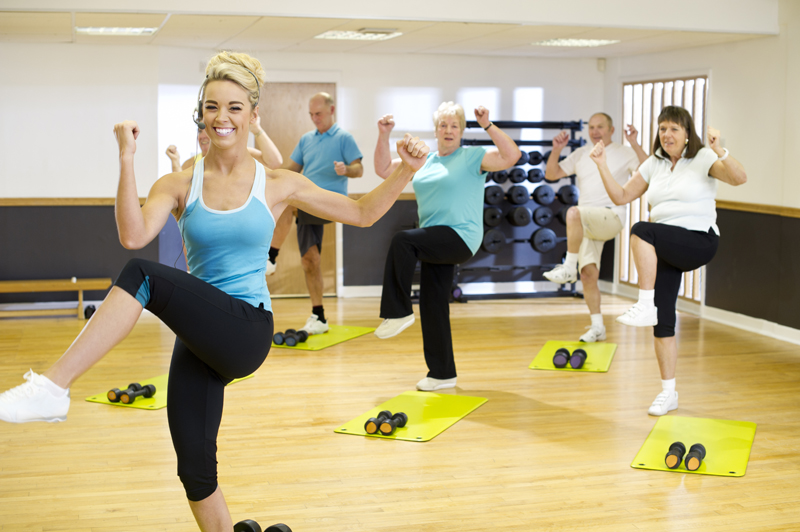As a former manager of group fitness classes, I had the chance to evaluate many fitness instructors. The use of verbal communication by an instructor and the energy level in the class was always a standout. (The stronger the communication the more energy). Even the most upbeat songs and exercises can’t make up for poor vocal projection or shouting into the microphone. Participants may miss important cues to technique if the instructor speaks too softly or mumbles. You can show that you are a confident instructor by using clear cues and audible instructions. This will help your participants to exercise safely and at their best. How to project your voice in a fitness class without damaging your vocal chords.
Talk it Through
It takes some practice to become good at vocal projection. As you would practice choreography or exercises in your living area, you should also practice how you will communicate these exercises. Talk through each cue and technique tip before you begin. You can concentrate more on the way that you will say it, if you are more familiar with .
Keep your voice below the threshold.
Plan a few sessions of practice in the studio you use to teach, when it is not in operation. Use the microphone and play music. Imagine projecting your own voice to the people behind you. Try speaking quietly and amplifying the volume of your voice in order to make a loud impact without yelling. You risk losing your leadership ability if you resort to screaming. I’d argue that participants are less motivated, not more, when they hear yelling. You should use your voice to show assertiveness and not aggression.
Protect your voice health
It is not a good idea to shout when you are teaching. The following methods can help you protect your voice.
- Warm up your voice (search for “Vocal Warm-up” in YouTube to see examples).
- Breathe deeply and slowly to project your voice.
- When a microphone is available, use it.
- Drink lots of water in class.
- Use body language and visual clues to communicate what you’re asking participants to do.
Do not ignore signs that your vocal cords might need to rest. If you teach a lot of classes within a short period of time or if you are sick, you may be at risk for vocal strain, hoarseness, or even losing your voice.
Make it Their Workout, Not Yours
Short, shallow breaths are not as effective at enhancing voice projection as deep, steady breathing. You may have to choose between going all out on interval drills that are hard and becoming breathless or not. You can either challenge yourself fully or you can hold back so that you still have enough breath to motivate and coach the participants. Participants want to see their instructors pushing themselves, but they also want motivation and to be pushed. Strong verbal coaching is the key.
Variate your voice inflection
Fitness classes are a form public speaking. A good public speaker will vary pitch and tone. You might be a fitness teacher who speaks loudly, quickly, and softly at different times of the class. You will probably speak differently when you are cueing a complicated exercise than you do at the end of a thrilling cardio interval. You will use a different inflection during the last stretch of the class. Film yourself to see how you can use vocal inflection effectively in class. As a fitness instructor, don’t undervalue the importance of communication. Keep your classes interesting and engaging by varying vocal inflections, volume and tone.
The original version of this article appeared on the NASM Blog.











